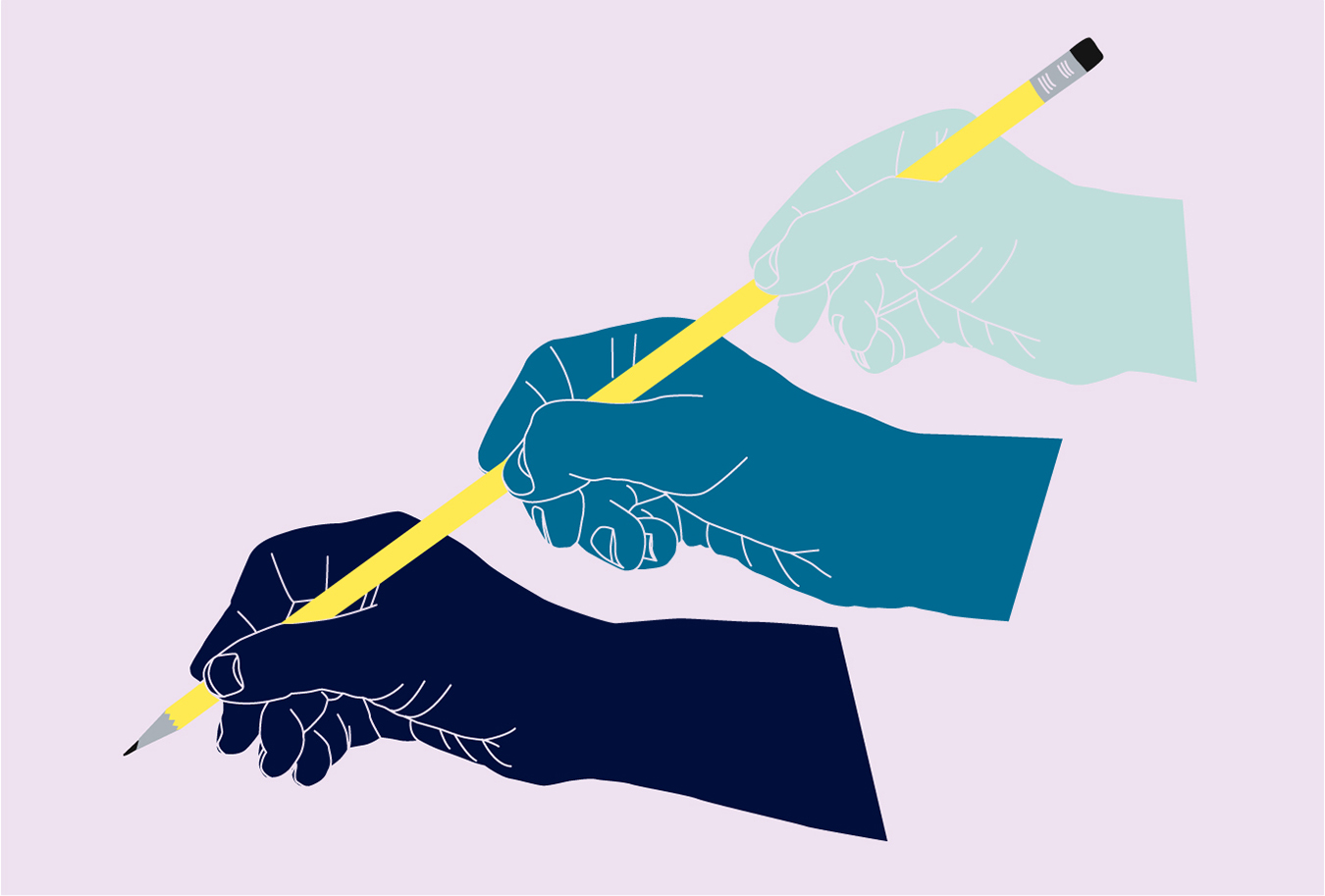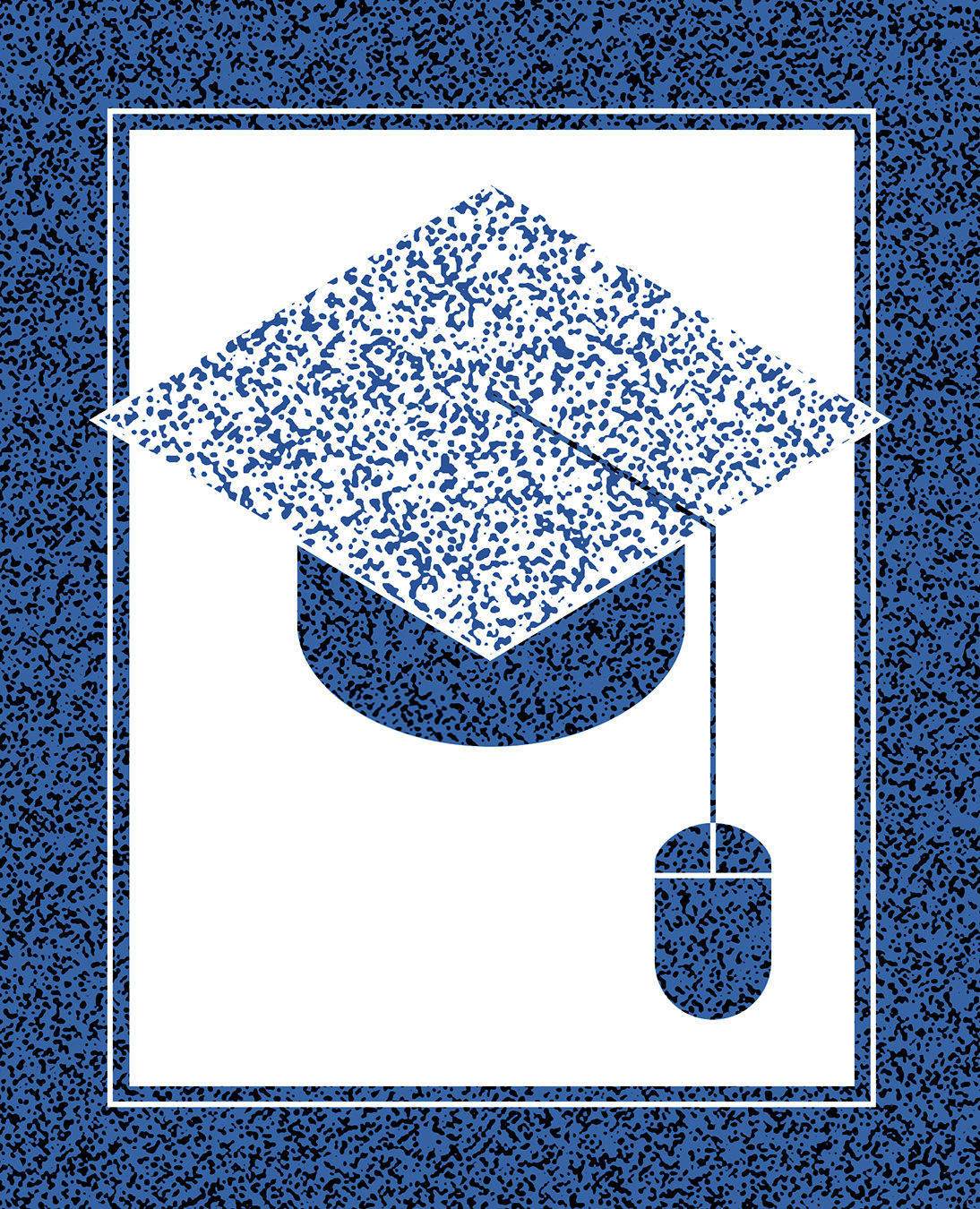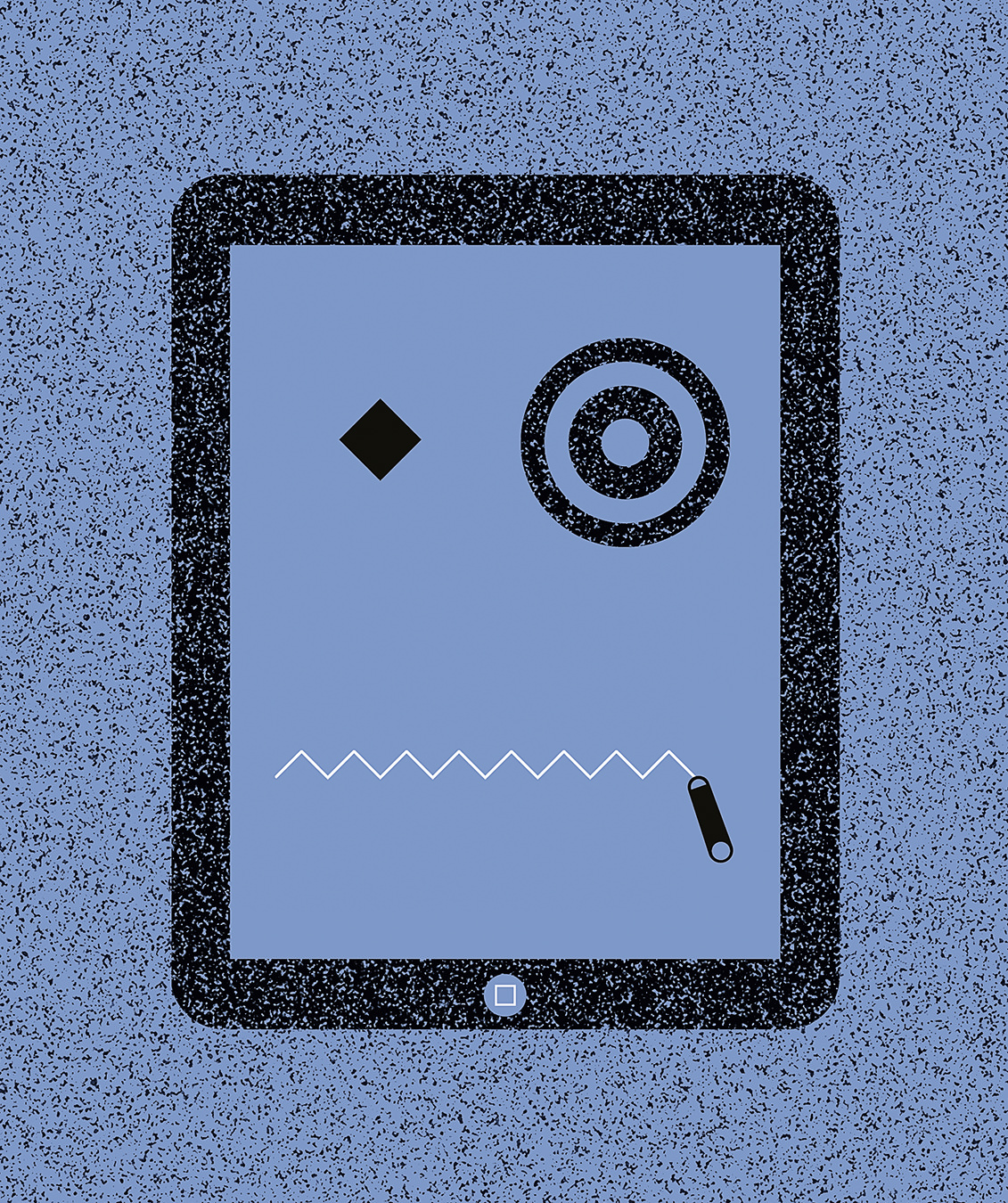The Death of the Solitary Author
On writing in the digital age.

I spent the last two years writing a book about solitude and, whenever I told anyone, they thought I was a jerk. Here’s how a typical exchange would go:
Me: [Quietly writing on my own in a café.]
Other Person: “Hey, what are you writing there?”
Me: “I’m working on a book.”
Other Person: “Cool. What’s it about?”
Me: “It’s about the value of being alone.”
Other Person: “Okay, okay, I can take a hint.”
Maybe I’d set myself up to look like a misanthrope. But these encounters were symptomatic of a larger change, too. Authors—once permitted to sit in their hovel and emerge once a year for a writer’s festival—have become social entities. All the writers I know feel compelled to post, share, and enthuse on social media, devoting hours, sometimes, toward the management of readers—hours that used to be spent on writing.
It will be difficult for future generations to remember that the capacity to connect with authors was not always there. Future generations may, in fact, find the idea of solitary reading—reading without the potential for feedback, sharing, and commenting—deeply disturbing. But we need only look a little way back in time to remember how intrinsic isolation once was to every author’s experience. As a point of comparison, think of young Cathy Durham, who wrote to the novelist E. B. White in the spring of 1961. Cathy adored White’s book Charlotte’s Web but it had been a full nine years since its publication; she wanted to know when she could expect a follow-up. White wrote back: “I would like to write another book for children but I spend all my spare time just answering the letters I get from children about the books I have already written. So it looks like a hopeless situation unless you can start a movement in America called ‘Don’t write to E. B. White until he produces another book.’ ”
Alas, young Cathy did not make the effort. Perhaps she was turned off by White’s swift and anti-social tone. At any rate, his exasperation with social obligations is refreshing. Like Margaret Mitchell, who complained that “It is a full-time job to be the author of Gone With the Wind,” White’s success had trapped him in a web of “follow-up.” Unlike contemporary authors, White and Mitchell did not see the trappings of their success as part of the work itself. The correspondence was only an after-shock, a cloud of streamers to be knocked out of the air. They longed to return to the real stuff.
All the writers I know feel compelled to post, share, and enthuse on social media, devoting hours, sometimes, toward the management of readers—hours that used to be spent on writing.
But what is “the real stuff”? It changes each generation. Just as Greek lyric poetry exploded when papyrus became cheap and Michel de Montaigne could invent the personal essay when printing technology spread, so it goes that digital natives will now invent the social novel—stories dependent upon user feedback via social media. Indeed, it’s already happening. I spoke a little while ago with billion-download sensation Anna Todd, whose novel After was published piecemeal to a “YouTube for readers” platform called WattPad. (Each time she posted a chapter, a torrent of reader feedback helped her decide where the story would go next.)
Authors even five years younger than myself (I’m 36) revel in new media and the writing they produce will be native to their technological reality.
It’s a reality where 55 million readers on GoodReads share 50 million self-penned reviews; where Amazon’s Kindle Fire allows users to share quotations from books, anatomizing the reading experience into handy, pass-it-around nuggets; and where Digg and Reddit and StumbleUpon encourage millions more to think sharing a story is just as valuable as reading it (we gain social capital by broadcasting, not by consuming). Today, more Americans have a tablet or e-reader device than do not—and so we are primed for this change.
Comment trails flow over at the base of stories, far surpassing the confines of the original content; forums explode with armchair philosophers, armchair politicians, and armchair therapists. The privilege of authorship—all those gold-lettered spines, neat in a row—is overshadowed by a rapidly piled-up crowd that has discovered it can talk to itself.
We did not simply move our old reading habits online, either. To accommodate the new medium, content creators are encouraged to create text that’s scannable, concise, and “grabby.” We authors begin to abbreviate our work, we highlight ourselves, hyperlink ourselves. We digitize our analog thoughts. Meanwhile, some marketers and publishers encourage us to consider that an increasing portion of readers will be scanning stories on mobile technology, so text should be further abbreviated and simplified to accommodate miniature screens and on-the-go attention spans. We’re learning to truncate, to make our writing as efficient and piecemeal as possible.
The way is paved for entirely new forms. It’s the birth of social writing. Meanwhile, I’ve started wearing earphones when I work at the café. And when people do manage to ask me what I’m writing about, I ask them to guess.
Solitude, by Michael Harris, will be published in April 2017 by Doubleday (Canada), Random House (UK), and Thomas Dunne Books/Macmillan (USA). Read more here: SolitudeTheBook.com
_________
Never miss a story. Sign up for NUVO’s weekly newsletter.




